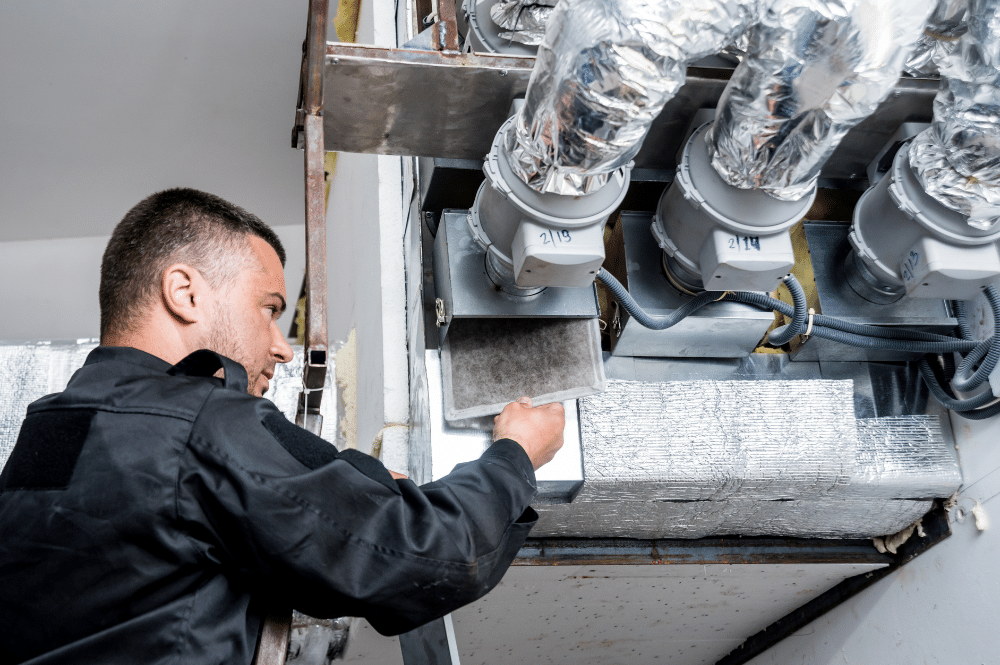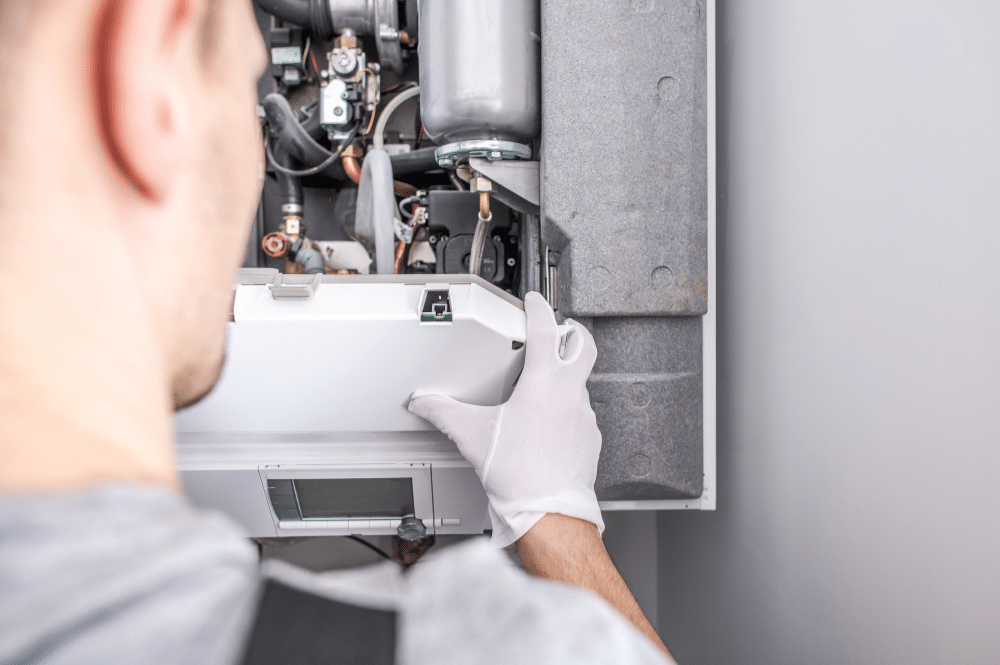If your air conditioning and heating system is over ten years old, it’s time for you to think about how to prepare for its replacement. As your unit ages, it can increasingly require expensive repairs and may begin running less efficiently, causing it to consume more energy.
Living with an AC unit that is faulty or needs replacing can mean inconvenience, discomfort, and wasted money. An air conditioner replacement means ensuring reliable comfort, not to mention the potential of considerable savings on your electric bill.
Is your home ready for an HVAC replacement? If so, don’t let the unknowns of the replacement process hold you back. Read to find out what to expect when replacing an HVAC system.
The Proposal Process
The first step in the installation process will be to meet with an expert consultant from your HVAC contractor service company. They will present you with your options and guide you in selecting the right equipment for your home. You will receive a total cost estimate and be allowed the opportunity to ask any questions.
The consultant will likely want to know your priorities in a unit. Some common elements customers should consider are their preferences in each of the following areas. These features will be the driving factor in which unit you choose.
Level of technology
Modern air conditioning systems have a wealth of high-tech options. The latest HVAC technology upgrades available include two-stage compressors, variable-speed motors, and smart thermostats.
Efficiency
All HVAC units receive something called a SEER rating. SEER is the ratio of the cooling output of an air conditioner divided by the energy it uses. High-efficiency units rate at a SEER of over 20 and are the units that will save you the most money on your energy bill.
Budget
HVAC replacement costs vary depending on the unit manufacturer, technology features, and efficiency rating. The overall cost of installation will also include labor costs and the costs of other parts or accessories you choose to add.
Other Options
Once you’ve shared these preferences, you’ll select the system type. Most residential air conditioners consist of split systems where the air handler is on the interior and the condenser is on the exterior.
In some cases, a ductless system may be a viable option for your space. A ductless mini-split system is a high-efficiency unit with an element of versatility that appeals to some homeowners.
The size of the unit is not something you’ll choose. An energy calculation of your home determines the tonnage of your unit. Most likely, the size of your current AC unit will be the size of the replacement.
Your technician may suggest upgrades or changes to your ductwork in order to maximize the unit’s efficiency. If your ductwork appears to have gaps or collapsed sections or if you’ve experienced uneven heating or cooling, new ductwork may be in order.
Another part of this consultation will include your payment options. Some companies offer the convenience of financing with low or no interest.
Removal of Existing Equipment
Once the installation team arrives at your home, they will verify the job specifications and ensure they match your proposal and expectations. They’ll review the steps of the process with you one final time. Then, installation and service technicians will get to work removing all of the components of your old system.
Removing the air handler means gaining access and setting up a workspace. Most are in a garage; however, there are air handlers in closets and attics in some homes. Technicians will need to enter and work in this area, so prepare for technicians to gain access to that area of your home.
The condenser, typically located on the side of your house, gets removed by safely disconnecting the electrical and following EPA guidelines to disconnect refrigerant lines.
The installation process includes removing all old parts and equipment from the premises. Your AC company will ensure appropriate disposal of all components.
Preparing for Installation
Some changes may be necessary before technicians can set the new equipment in place. Your technicians will modify or replace:
- Low and high voltage wiring
- Refrigerant piping
- Electrical breakers
- Ductwork
- Condenser pad
Once these adjustments are complete, the new air conditioner installation can begin.
The Installation
Technicians will mechanically attach the ductwork to the air handler. The refrigerant lines are brazed to the equipment, the electricity gets reconnected, and the drain gets reattached.
Next comes installing the thermostat; it’s wired in and programmed to communicate with the new equipment.
Installation is also when any accessories such as air quality products or surge protectors get added.
Startup
After the installation steps, it’s time to power up the unit and conduct a system operations assessment. The technician will power up the and allow it to run for several minutes.
During this time, technicians will check the major operation points of the unit in both modes of heating and cooling. Assessed points are:
- Refrigerant levels
- Airflow
- Supply air temperature
- Drain function
During this assessment, technicians can make adjustments to ensure all parts are working correctly.
Cleanup Walkthrough Payment
The installation team will clear all areas of debris and tools and remove any floor-protecting paper or mats.
The next step is a detailed overview of your new AC and a demonstration by the technician on how to use your thermostat.
Expect to hear about safety, maintenance routines, warranty information, and any other special instructions involved in operating your new unit. This is a great time to ask any questions you might have.
Finally, you’ll be expected to make payment or confirm the terms of your financing agreement.
Ready for HVAC Replacement?
If your aging AC unit isn’t running like it used to, or you want to upgrade your unit for better efficiency, an HVAC replacement is in order. Consider the steps of the replacement process to prepare for what to expect when you decide to purchase a new AC unit.
To ask any questions about the HVAC replacement process or to request an appointment for a proposal, contact us today.




